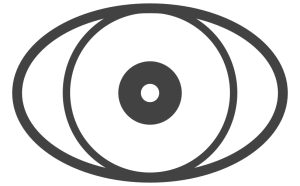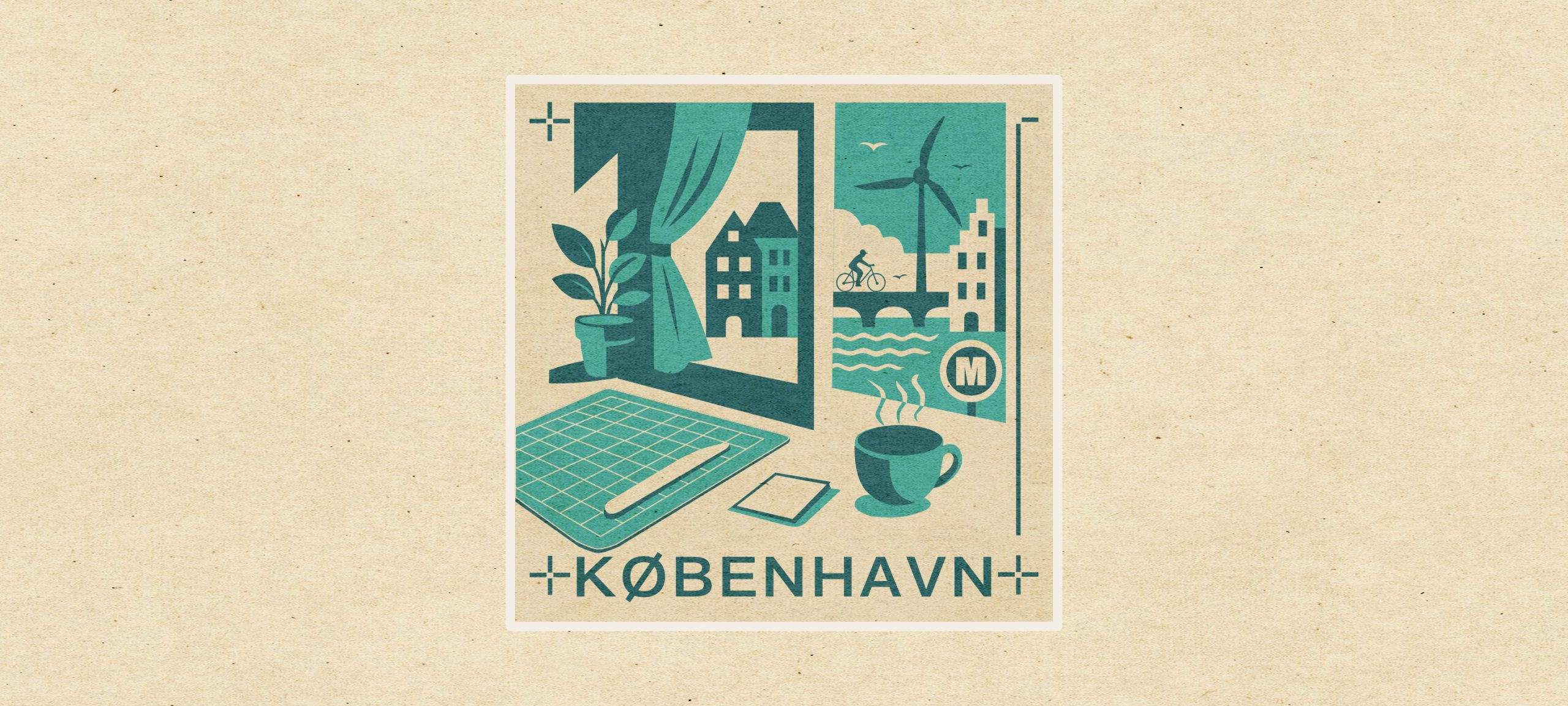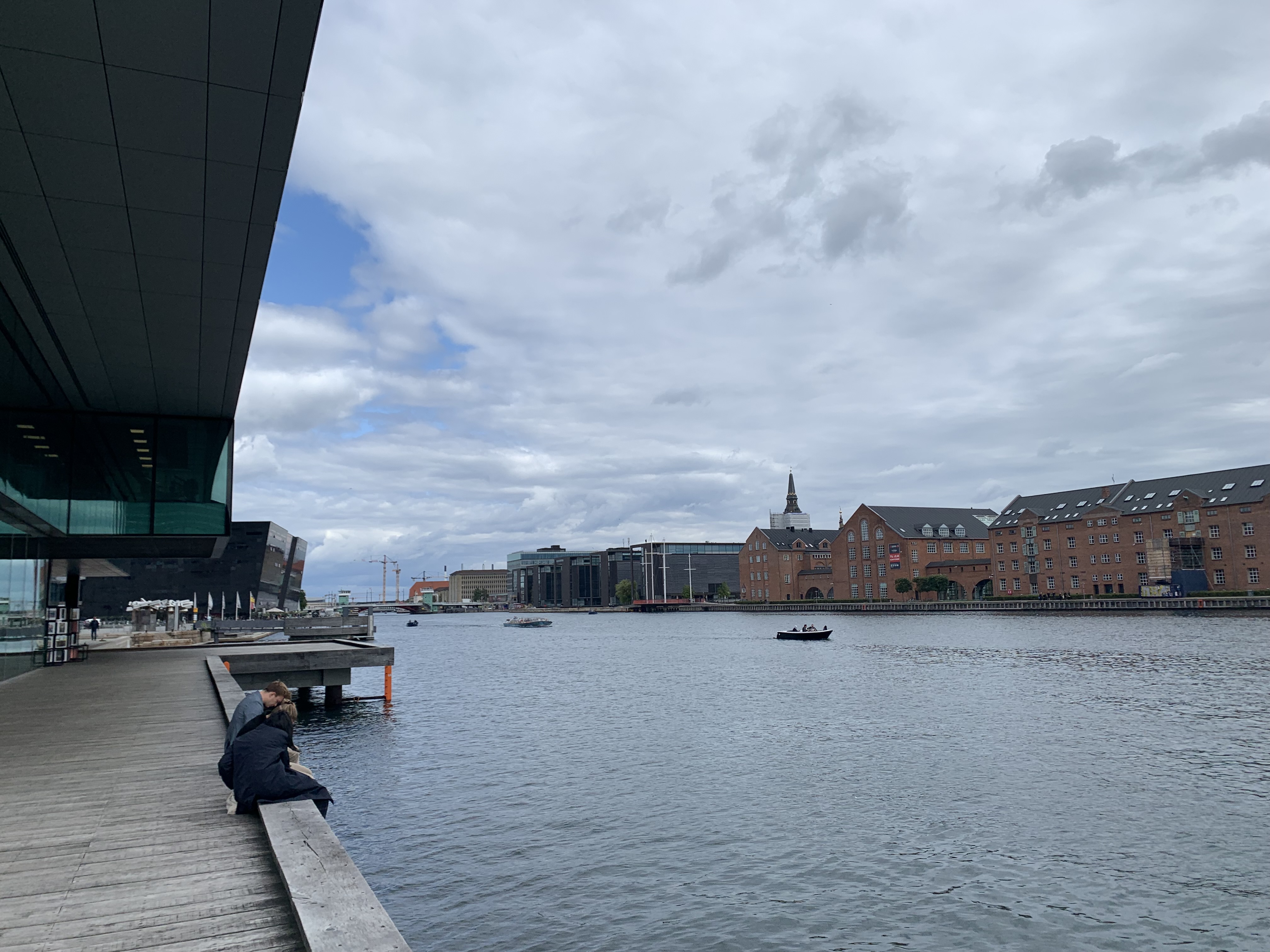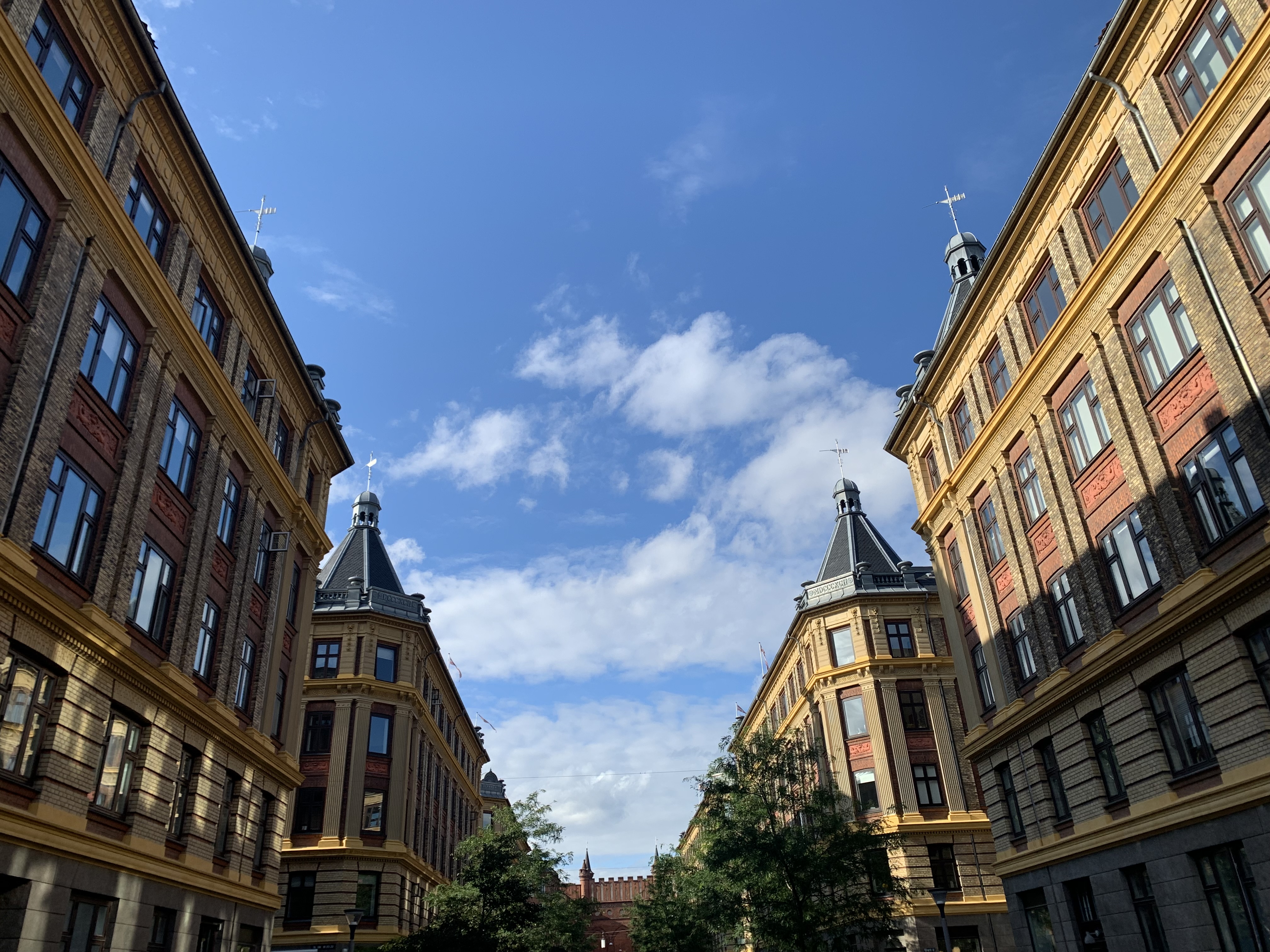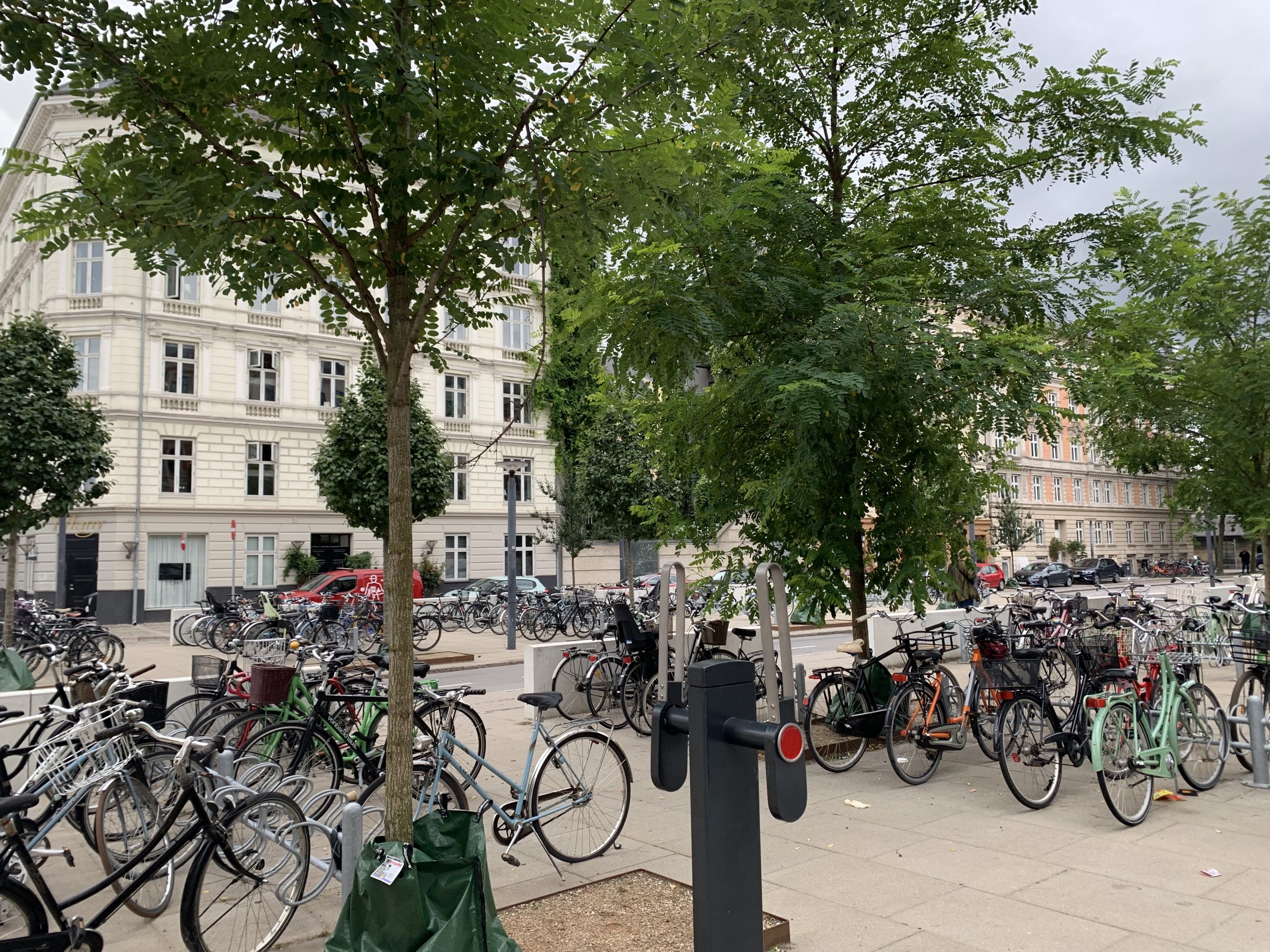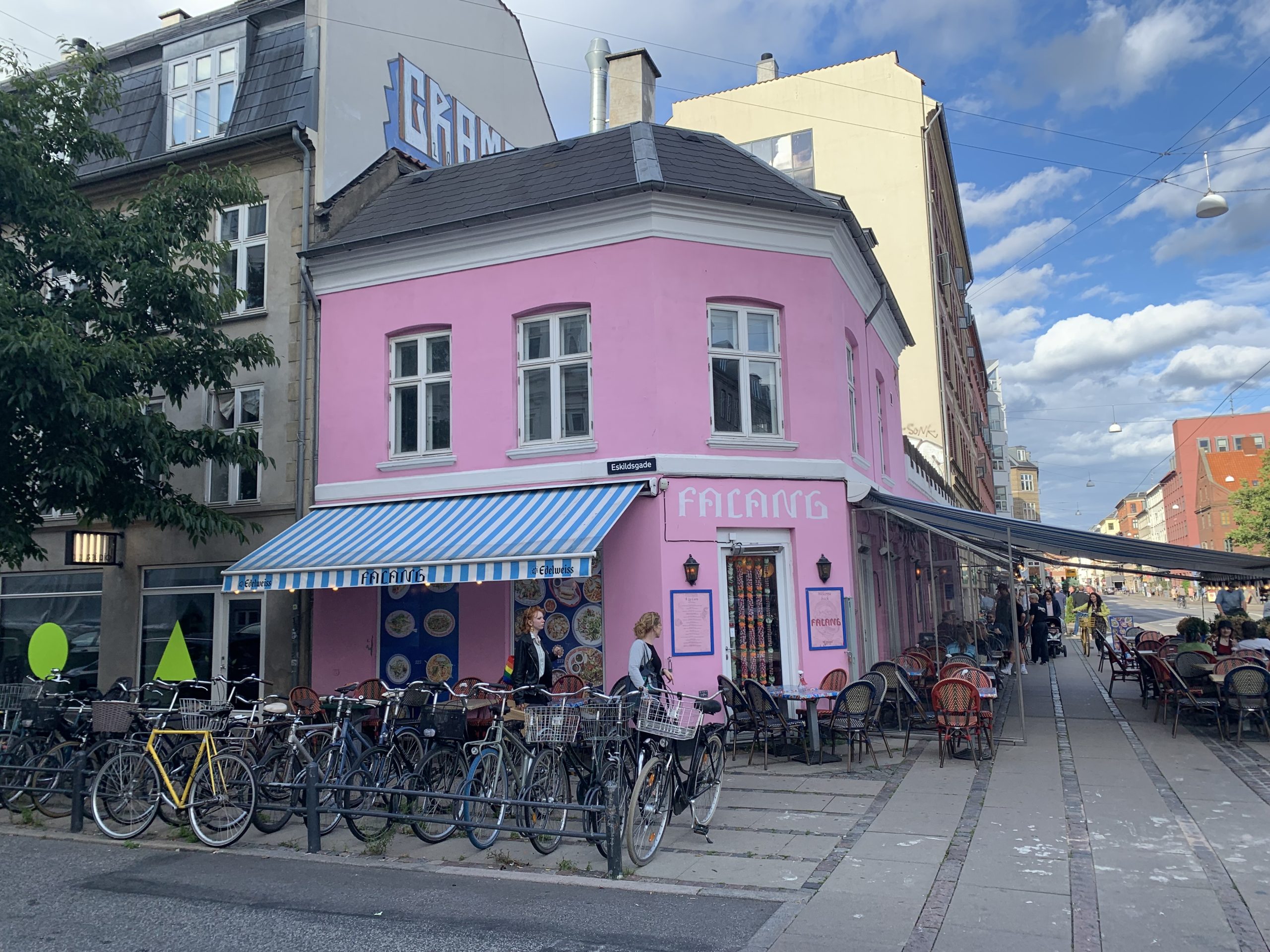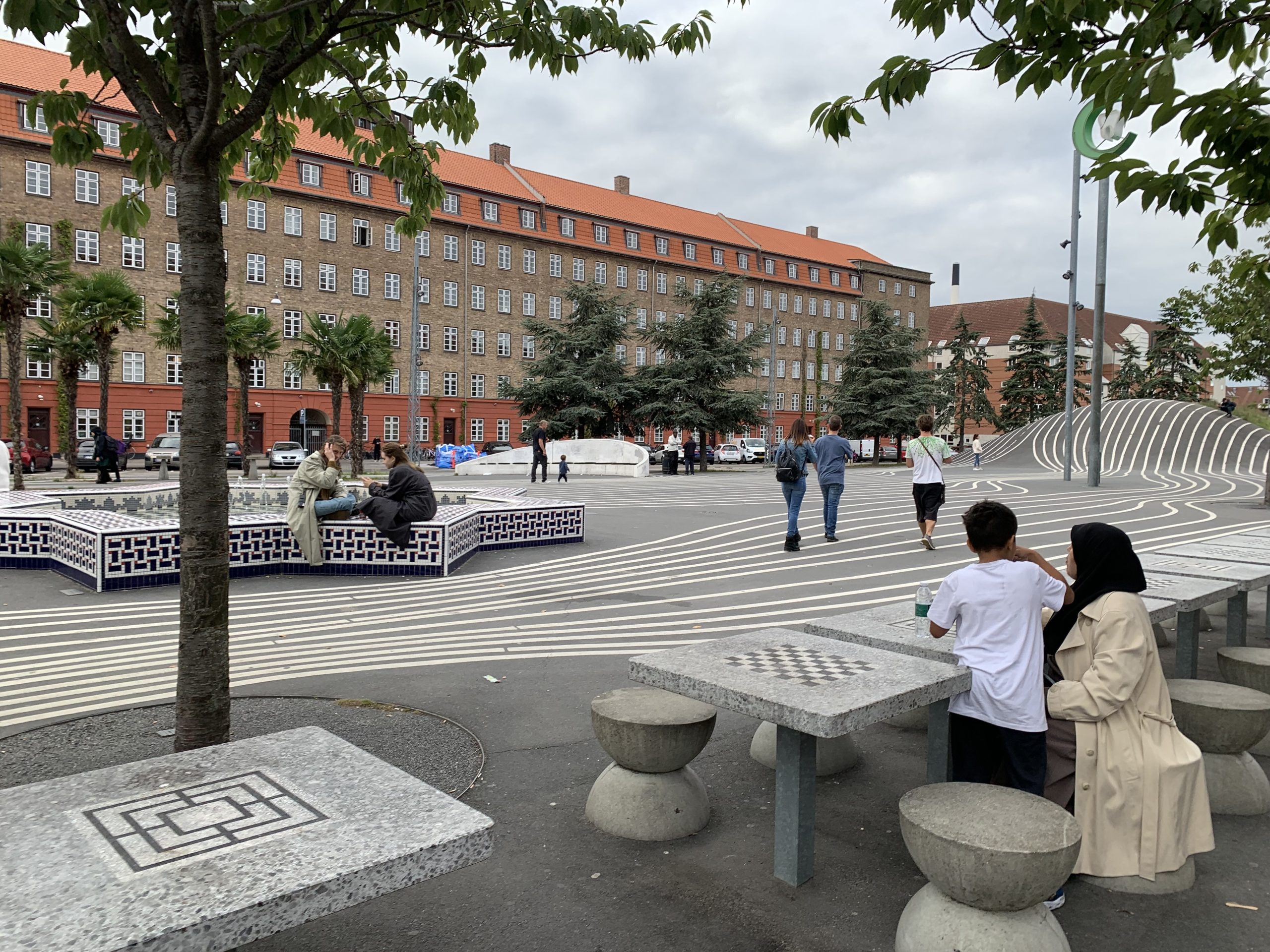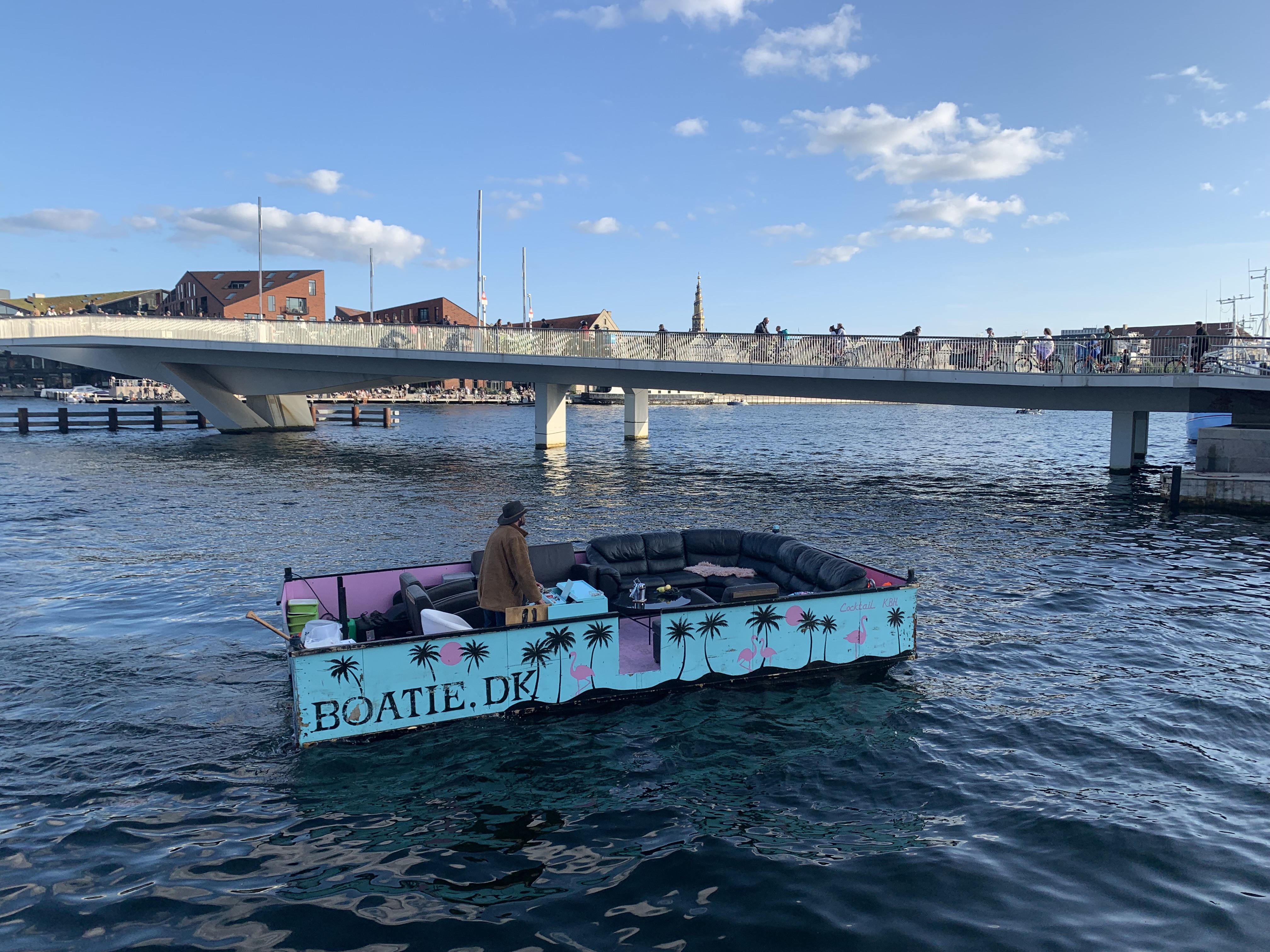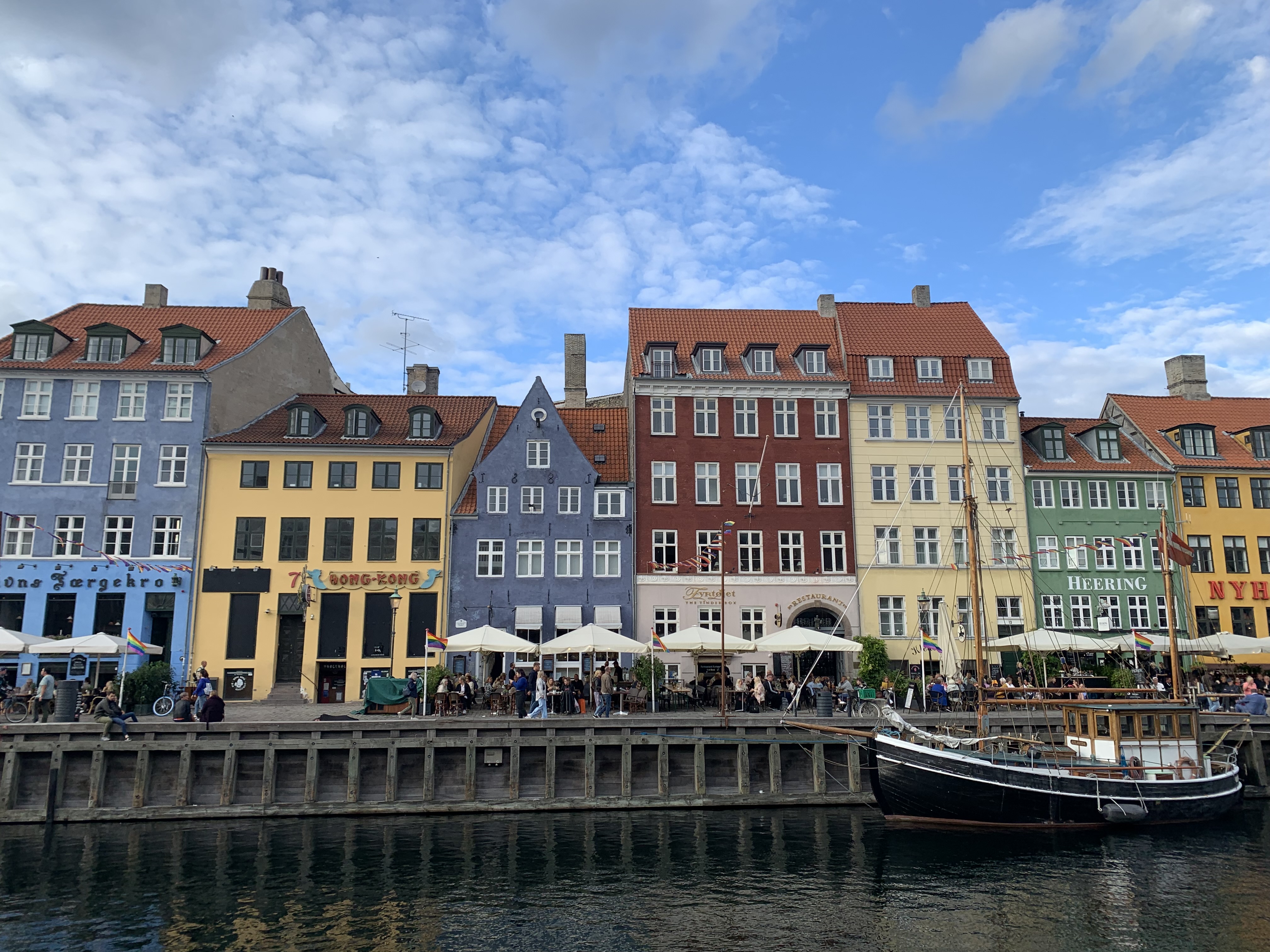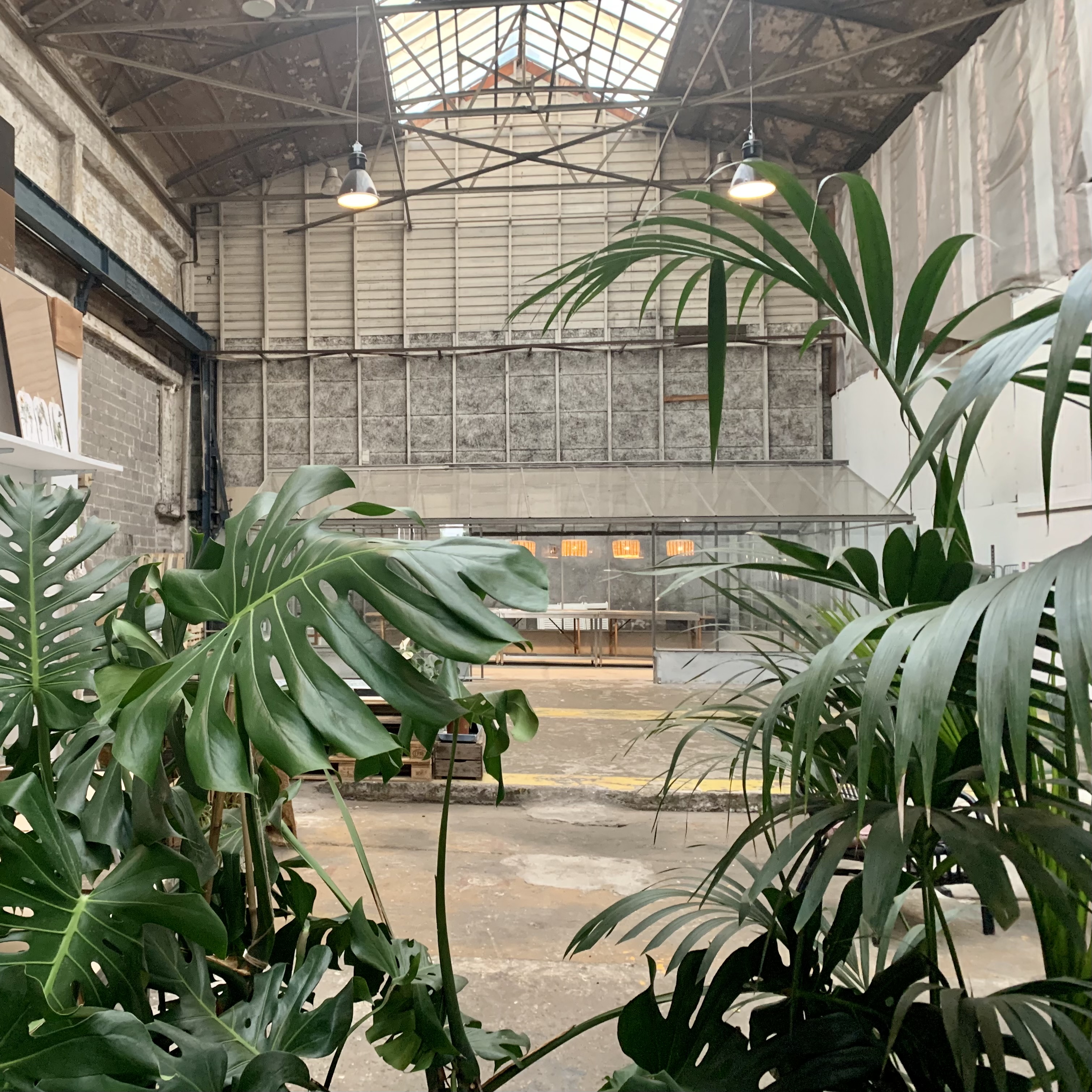From The Atelier Series
Some cities feel like sketches of one’s own sensibility, as if they had been quietly designing us all along. For me, that city is Copenhagen. Every time I walk its streets, I sense the possibility of an ethnographic life fully intertwined with design, community, and care (Puig de la Bellacasa 2017; Ingold 2013). It is the place where I would like my studio to breathe.
Copenhagen has an architectural clarity that I find deeply pedagogical. Its streets and bike lanes are not just infrastructure; they are lessons in coexistence (Gehl 2010). The city’s public spaces—its squares, waterfronts, and quiet corners—seem to invite dialogue, observation, and making. It is a city where ethnography could unfold as a form of everyday design (Gunn, Otto & Smith 2013; Lury & Wakeford 2012).
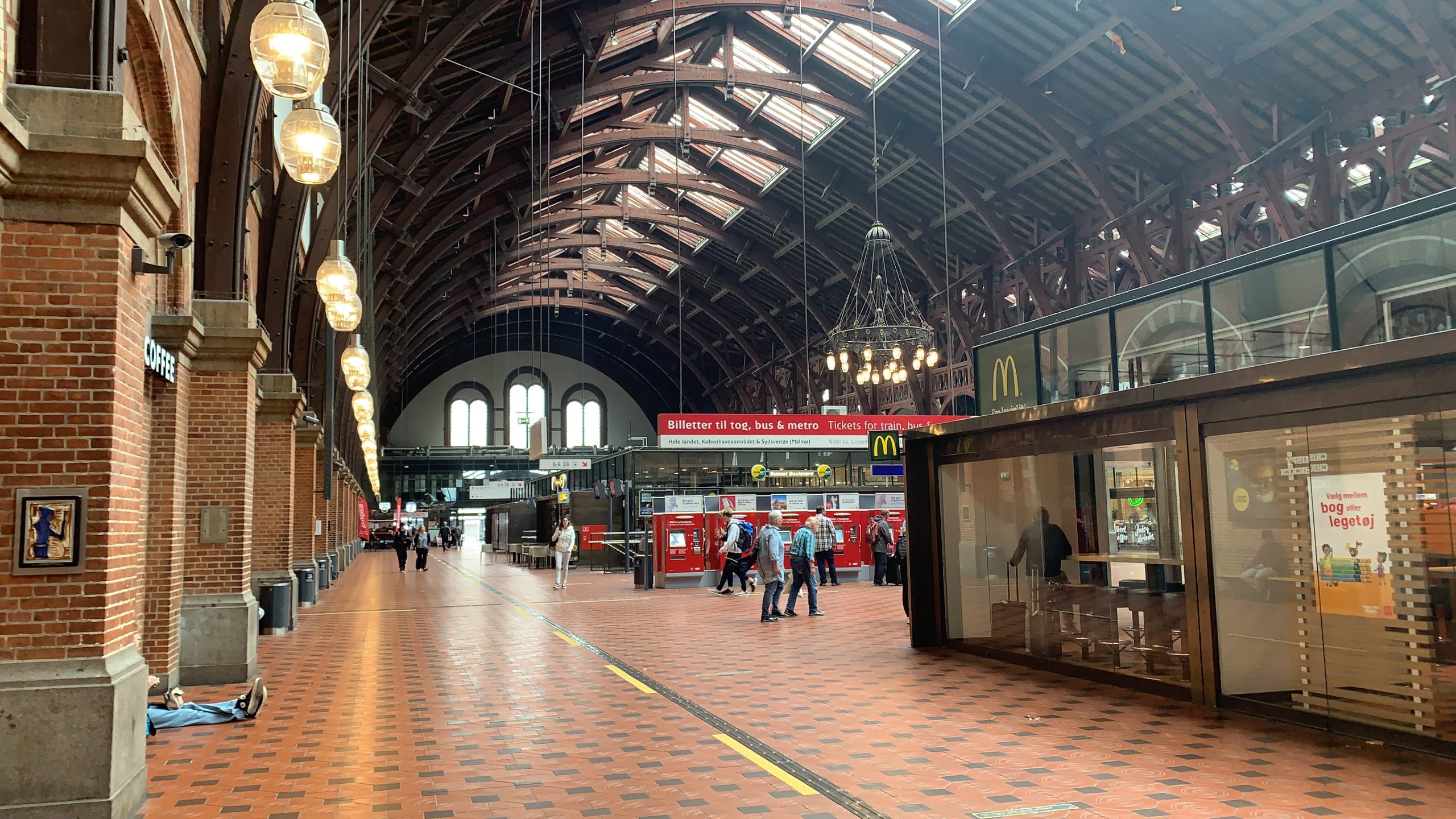
What I love most are the windows. They are not only architectural features but ways of thinking. In Copenhagen, windows mediate between inside and outside with a rare generosity. They invite light without spectacle, they show without revealing. Each window feels like a metaphor for ethnography itself: transparent yet reflective, open yet intimate (Ingold 2018; Manning 2016).
I am drawn to the old buildings turned into studios—their layers of history, refunctioned and adapted. They remind me of what the Artefaktenatelier has always stood for: transformation through reuse, invention through care (Suchman 2011; Drazin & Küchler 2015). These spaces are not sterile labs; they are places where ideas can breathe among materials, traces, and tools.
Copenhagen also carries a strong STS and inventive core. It is a city that understands experimentation not as disruption but as culture (Marres, Guggenheim & Wilkie 2018). From its design schools to its urban initiatives, it hosts a quiet infrastructure of creativity (Otto & Smith 2013). This ethos resonates with my idea of an ethnographic atelier: reflective, open-ended, socially engaged (Latour 2008).
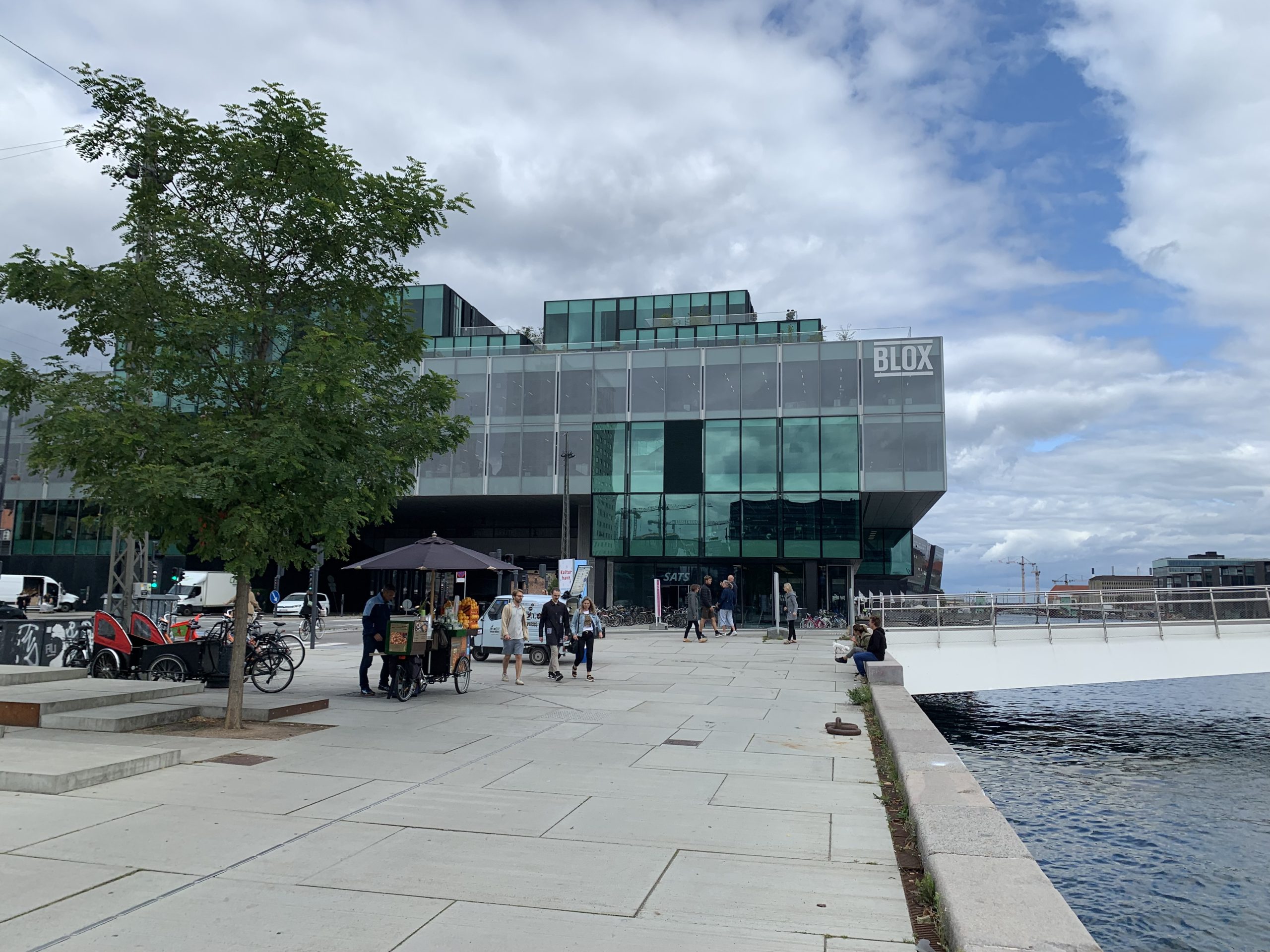
For a long time, I thought that place might be New York. But New York, with its intensity and spectacle, became the field rather than the studio. Copenhagen, by contrast, feels like a space for continuity—for the slow crafting of multimodal forms, for the integration of thinking and making, for the everyday rhythm of work that is also care (Pink 2015; Collins, Durington & Gill 2017).
One morning, walking near my hotel, I saw Jan Gehl giving an interview. It was a simple scene—no stage, no spotlight—just him speaking on a sidewalk, in the city he has helped imagine. Gehl was a key influence when I was exploring Times Square years earlier, a reference for understanding how public spaces choreograph human movement (Gehl 2011). Seeing him here, in his own urban vision, was quietly powerful.
That encounter felt like a circle closing. In New York, I studied the spaces Gehl once theorized about; in Copenhagen, I saw them lived. It reminded me that ethnography is also about inheritance—about inhabiting the worlds we once analyzed from afar (Stewart 2007). The studio I dream of here would carry that same ethos: modest, attentive, designed for coexistence.
Perhaps this is what I have been tracing all along: not just projects or artifacts, but a geography of attention. Munich was the beginning, Lübeck the systematization, Medellín the rediscovery of the field, and Emden will be the expansion. Copenhagen is the horizon—the imagined home of an ethnographic practice that sees, listens, and makes through windows of light.
References
- Collins, Samuel, Matthew Durington, and Harjant Gill. 2017. Networked Anthropology: A Primer for Ethnographers. Routledge.
- Drazin, Adam, and Susanne Küchler. 2015. The Social Life of Materials: Studies in Materials and Society.Bloomsbury.
- Gehl, Jan. 2010. Cities for People. Island Press.
- Gehl, Jan. 2011. Life Between Buildings: Using Public Space. Island Press.
- Gunn, Wendy, Ton Otto, and Rachel Charlotte Smith, eds. 2013. Design Anthropology: Theory and Practice.Bloomsbury.
- Ingold, Tim. 2013. Making: Anthropology, Archaeology, Art and Architecture. Routledge.
- Ingold, Tim. 2018. Anthropology: Why It Matters. Polity Press.
- Latour, Bruno. 2008. What Is the Style of Matters of Concern? Amsterdam: Van Gorcum.
- Lury, Celia, and Nina Wakeford, eds. 2012. Inventive Methods: The Happening of the Social. Routledge.
- Manning, Erin. 2016. The Minor Gesture. Duke University Press.
- Marres, Noortje, Nils Guggenheim, and Alex Wilkie, eds. 2018. Inventing the Social. Mattering Press.
- Otto, Ton, and Rachel Charlotte Smith, eds. 2013. Design Anthropology: Theory and Practice. Bloomsbury.
- Pink, Sarah. 2015. Doing Sensory Ethnography. 2nd ed. Sage.
- Puig de la Bellacasa, María. 2017. Matters of Care: Speculative Ethics in More-Than-Human Worlds. University of Minnesota Press.
- Stewart, Kathleen. 2007. Ordinary Affects. Duke University Press.
- Suchman, Lucy. 2011. “Anthropological Relocations and the Limits of Design.” Annual Review of Anthropology40: 1–18.
